“Water, water, every where, Nor any drop to drink.”
The Rime of the Ancient Mariner (1834 text)
by Samuel Taylor Coleridge
Kris T. Huang, MD, PhD, CTO
Deep learning requires data. Lots of it. There’s lots of medical data, almost 25 exabytes according to IEEE Big Data Initiatives [1], so where’s the problem? The problem is that more than 95% of medical data is unstructured, in the form of raw pixels (90%+) or text, essentially putting it out of reach of large scale analysis.
